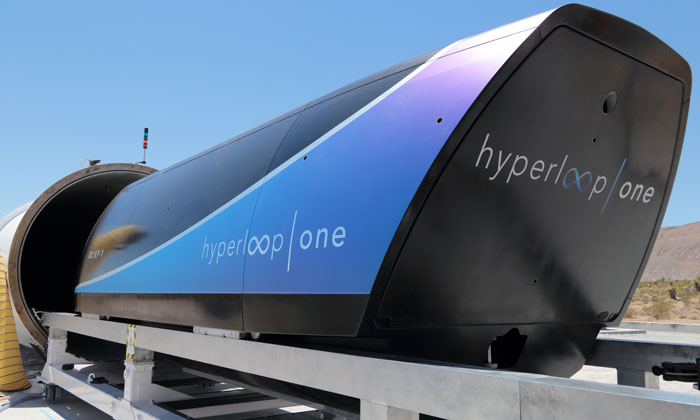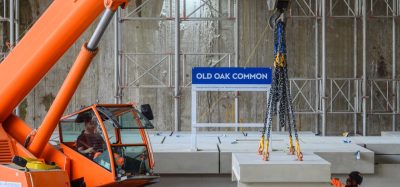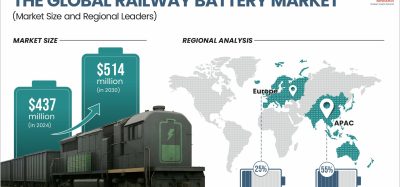Hyperloop One goes further and faster in its second phase of testing
Posted: 3 August 2017 | Global Railway Review | No comments yet
As the only company to have built an operational Hyperloop system, Hyperloop One continues to make history with the successful completion of its second phase of testing.
During Phase 2, the Hyperloop One XP-1 (the company’s first-generation pod) achieved historic test speeds in a tube depressurised down to the equivalent of air at 200,000 feet above sea level. It travelled nearly the full distance of the 500-meter DevLoop track in the Nevada desert and accelerated for 300 meters, gliding above the track using magnetic levitation before braking and coming to a gradual stop.
“This is the beginning, and the dawn of a new era of transportation,” said Shervin Pishevar, Executive Chairman and Co-founder of Hyperloop One. “We’ve reached historic speeds of 310km an hour, and we’re excited to finally show the world the XP-1 going into the Hyperloop One tube. When you hear the sound of the Hyperloop One, you hear the sound of the future.”
All components of the system were also successfully tested during this phase, including the highly efficient electric motor, advanced controls and power electronics, custom magnetic levitation and guidance, pod suspension and vacuum system.
Phase 2 vs Phase 1
• Achieved 2.7x faster speed (192 mph vs. 69 mph)
• Went 4.5x further distance (1,433 feet vs. 315 feet)
• 10x longer propulsion segment (300m vs. 30m)
• 3.5x more power to the pod (3,151hp vs. 891hp)


With Hyperloop One, passengers and cargo are loaded into a pod, and accelerate gradually via electric propulsion through a low-pressure tube. The pod quickly lifts above the track using magnetic levitation and glides at airline speeds for long distances due to ultra-low aerodynamic drag.
Stay Connected with Global Railway Review — Subscribe for Free!
Get exclusive access to the latest rail industry insights from Global Railway Review — all tailored to your interests.
✅ Expert-Led Webinars – Gain insights from global industry leaders
✅ Weekly News & Reports – Rail project updates, thought leadership, and exclusive interviews
✅ Partner Innovations – Discover cutting-edge rail technologies
✅ Print/Digital Magazine – Enjoy two in-depth issues per year, packed with expert content
Choose the updates that matter most to you. Sign up now to stay informed, inspired, and connected — all for free!
Thank you for being part of our community. Let’s keep shaping the future of rail together!







